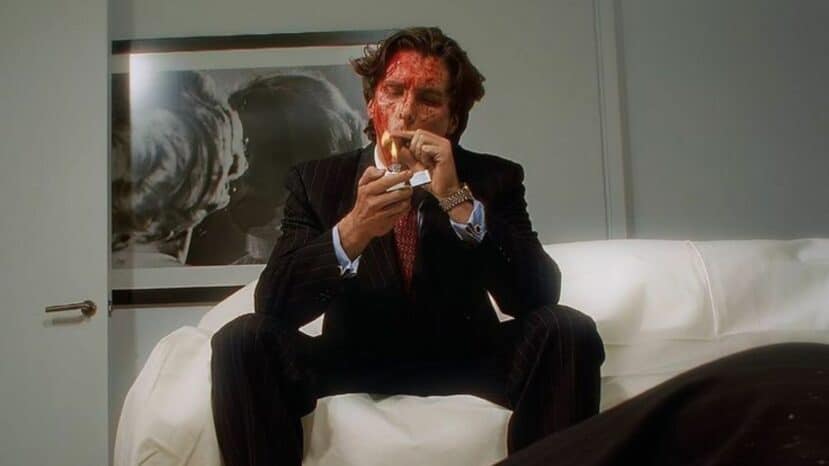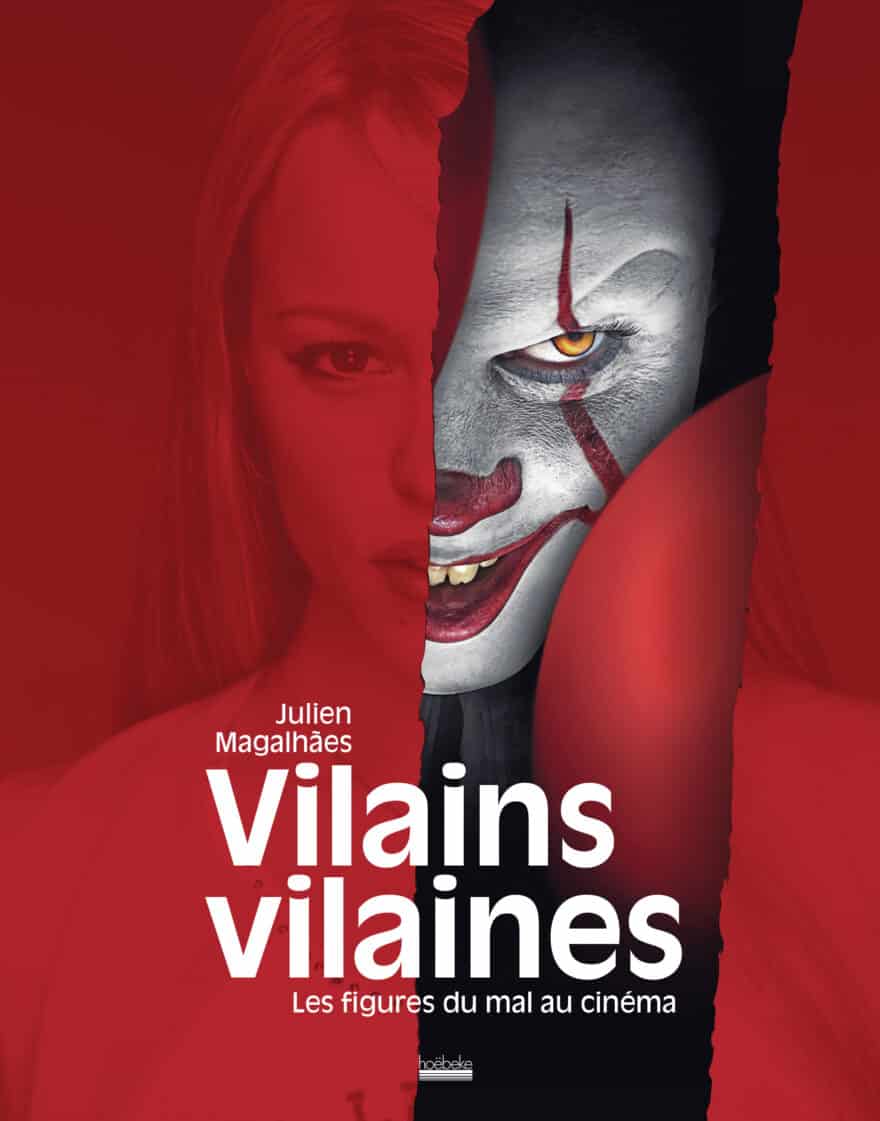“Vilains Vilaines”: Julien Magalhães deciphers cinema’s villains

In his new book Vilains Vilaines, Les figures du mal au cinéma, Julien Magalhães explores the iconic antagonists of the 7th art with meticulous irony. A captivating journey to the heart of the myths, clichés and complexities of “evil figures”. We love it!
A fascinating typology of villains
Julien Magalhães, author of the acclaimed Erratum, continues to revisit the foundations of cinema from an original angle. In this book, he groups villains into four main categories: ugly, beautiful, queer and monster. Each section analyzes the motivations, origins and characteristics of emblematic characters, while questioning the stereotypes conveyed by the film industry.
The ” ugly ” ones, like Vladimir Harkonnen in Dune or Zorg in The Fifth Element, embody visible, repulsive threats. In contrast, the ” handsome “, such as Patrick Bateman(American Psycho) or Miranda Priestly(The Devil Wears Prada), seduce with their charm while concealing a frightening immorality. The author deciphers this dichotomy with finesse, revealing the impact of appearance on the perception of evil.
Queer and extravagance in the service of evil
The section dedicated to queer villains highlights complex, exuberant figures who have left their mark on cinema. Buffalo Bill(Silence of the Lambs), Ursula(The Little Mermaid) and Norman Bates(Psycho) illustrate how cinema often associates marginality and transgression with the figure of the villain. Magalhães sees this as an unintentional homage to queer culture, while denouncing the sometimes stereotypical use of these traits.
Monsters: symbols of ultimate otherness
Finally, ” monsters “, whether human or horrific creatures, embody extreme otherness. From T-Rex to the Joker, these characters devour all sympathy by their very existence. The author explores their cathartic role, highlighting how they allow viewers to exorcise their deepest fears.
A sharp, up-to-date analysis
With a sharp pen, Magalhães deconstructs the clichés of Western cinema villains. He reveals how these figures reflect social prejudices: foreign accents, marginal appearances or non-normative behavior. The author examines how cinema shapes our perceptions of evil.
Vilains Vilaines is illustrated with meticulous iconography and enriched with key quotations, making each analysis as visual as it is intellectual. Julien Magalhães provides a critical tool for understanding the dynamics of power and desire in the 7th art.

Also read: Babygirl: Nicole Kidman in a must-see erotic thriller!




